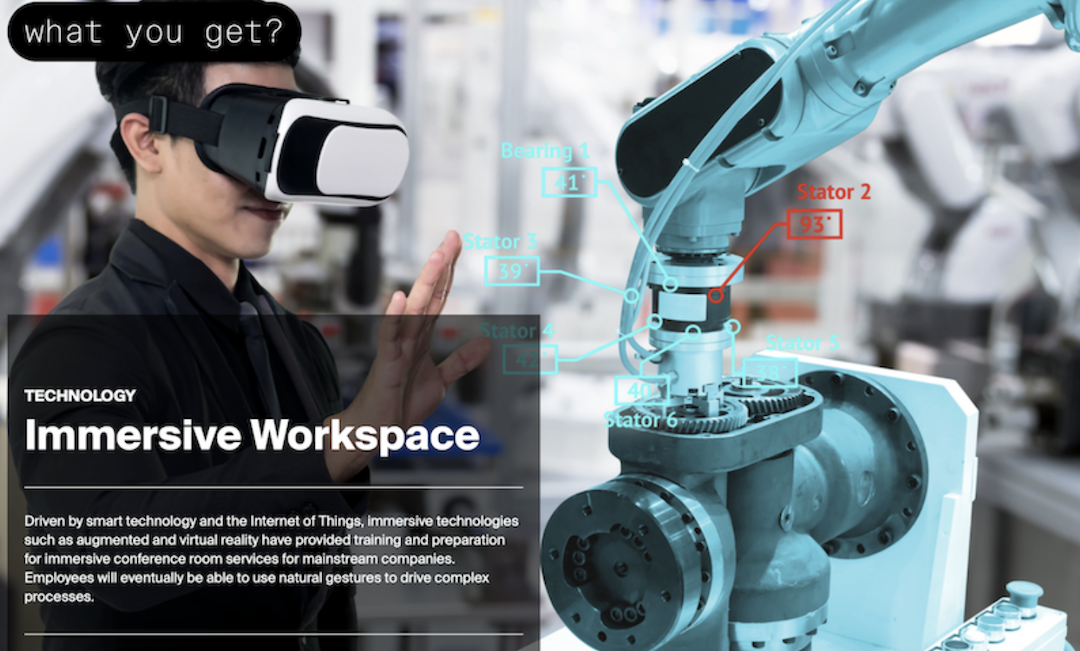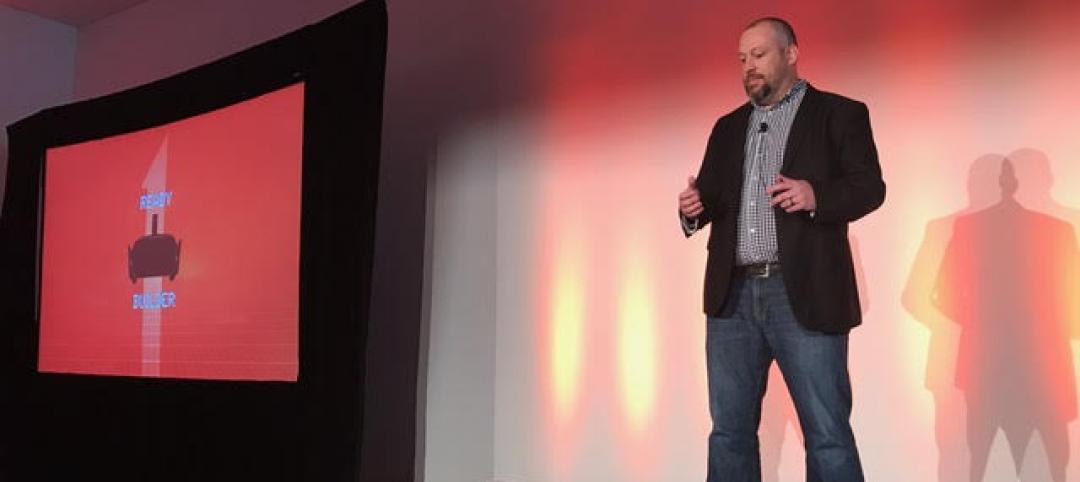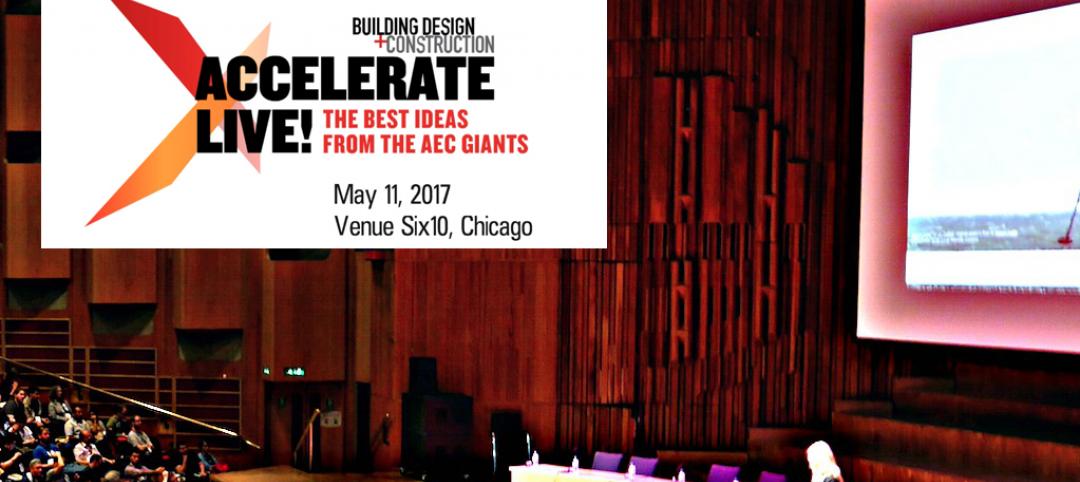Investing in new technologies is always a risk, given the high failure rate of startups and the speed at which even newer technology emerges. This is particularly true of Construction Technology, with literally thousands of products and processes that are applicable to the built environment, and into which more than $1.3 billion in investment capital was poured last year, a 56% increase over 2019, according to CB Insights’ estimates.
How does a buyer determine what will work best for its business, even with technology that has a performance track record?
To sort through the clutter, the Massachusetts Institute of Technology’s Real Estate Innovation Lab (REIL), working with JLL, one of the Lab’s founding partners, has launched Tech Tracker (techtracker.mit.edu), a free online webtool that scouts, analyzes, and predicts the future of technology within the built environment. The tool’s value to the real estate community is its insight into which technology might have the greatest potential impact on the development, management, and configuring of property and space.
MIT has been trying to track ConTech for eight years, the last two-and-a-half years with JLL, which provided a better understanding of what questions about technology real estate professionals need answers to.
“With the pace of innovation, it’s critical to understand what technologies will be coming and their potential impact in the future,” says Ben Breslau, JLL’s Global Chief Research Officer. “For the first time ever, there’s a single place where we can research and understand the pipeline of technologies from inception to the market. This tool allows us to think through the implications on our ability to meet net-zero carbon targets, create dynamic hybrid workplaces, and improve the resilience of our buildings.”
MIT has created a database of more than 200 sources to inform a catalog of technologies impacting the built environment that Tech Tracker users can search, sort, and organize. According to REIL’s website as of Tech Tracker’s September 8th launch date, the tool has a data framework for 257 of 856 ConTech technologies identified. “What we’re tracking is heavy on those [technologies] in lab space,” says Dr. Andrea Chegut, Director of MIT’s REIL, whom BD+C spoke with this morning.
Within this catalog, MIT profiles each technology tracked to detail its overall concept as well as analytics such as impact factors and big data. Profiles of products and processes are sorted into five categories: automation, sustainability, hybrid work, data analysis, and health and well-being. Hypercells—shape-shifting robotics cubes that can morph into elastic skins—would be one example of automation technology. Photovoltaic facades would fall under sustainability, and self-cleaning materials under health and well-being.
“We wanted to break through the noise and hype to analyze the path of technologies—from when they’re a kernel of an idea in an inventor’s brain to when they’re common place in the real estate marketplace,” explains Dr. Chegut. “The Tech Tracker [replaces] gut feelings about what’s ‘hot’ with actual data and machine-learning algorithms. It takes the mystery out of change and simplifies the ever-changing world of technology within the built environment.”
GAUGING TECH’S ‘AWARENESS’
She fashions Tech Tracker as a “knowledge graph” that’s more than an aggregator of information. Tech Tracker assigns rankings to technologies being tracked, based their relative development trajectories and awareness among various industry groups such as analysts or prospective users. As this tracking is conducted in real time, those rankings are subject to change.
At the moment, Tech Tracker ranks 5G first among all technologies, strategies, stages, and momentum. But that technology is actually “cooling down,” meaning that “you should have heard of it already,” explains Dr. Chegut. Conversely, the Internet of Things, Graphene, and Augmented Reality, the third-, fourth-, and fifth-ranked technologies, are “rising fast,” meaning that they’re gaining awareness, based on MIT’s research.
Other technologies within Tech Tracker’s top 10 include virtual reality, photogrammetry, connected home, aramid fibers, exoskeleton, and carbon nanotubes. Smart robotics, which ranks 11th, is “keeping pace.”
TAKING THE LONG VIEW
Getting technology into usable shape for a market that’s ready for it takes time: MIT estimates that it takes an average of 11 years for a tech product or process to go from the lab or inception to research and development; another 7.3 years, on average, from R&D to market; and 21.3 years from market introduction to market standards. A technology’s different stages “aren’t always linear,” either, says Dr. Chegut.
One of Tech Tracker’s filters gauges a product’s awareness via social media, academic theses, and venture capital funding. This awareness quotient is a measure of a technology’s activities or milestones reached, as chronicled by six information platforms: Google News, Twitter, Crunchbase, Google Patent, Google Citation, and MIT Dspace. Dr. Chegut says that as Tech Tracker evolves to find nascent technologies that could impact the built environment, it will naturally expand its information sources.
“So many people come up to me and say this or that technology is a fad,” says Dr. Chegut. “Tech Tracker allows us to start to get a handle on the industry’s R&D.” MIT’s aspiration, she adds, is for real estate professionals to eventually incorporate Tech Tracker into every project proposal they send out, and to use the tool “to be strategic and to look a little bit more longer term.”
Related Stories
| Jun 13, 2017
Accelerate Live! talk: Gaming tech in construction, Lucas Richmond, Gilbane
Learn why Gilbane’s Lucas Richmond is looking outside the AEC industry to build his rockstar gaming and media team.
| Jun 12, 2017
Accelerate Live! talk: The world's smartest buildings, Derik Eckhardt, Miller Hull Partnership
Discover what architect Derik Eckhardt learned during his worldwide tour of the globe’s smartest buildings, from Abu Dhabi to Amsterdam to Stuttgart to Dubai.
| Jun 12, 2017
Accelerate Live! talk: Preparing for the AI revolution, Alan Robles, Gensler
Gensler’s Alan Robles shares how the AEC Giant firm is preparing its project teams and clients for the coming artificial intelligence movement.
| May 24, 2017
Accelerate Live! talk: Applying machine learning to building design, Daniel Davis, WeWork
Daniel Davis offers a glimpse into the world at WeWork, and how his team is rethinking workplace design with the help of machine learning tools.
| May 24, 2017
Accelerate Live! talk: Learning from Silicon Valley - Using SaaS to automate AEC, Sean Parham, Aditazz
Sean Parham shares how Aditazz is shaking up the traditional design and construction approaches by applying lessons from the tech world.
| May 24, 2017
Accelerate Live! talk: The data-driven future for AEC, Nathan Miller, Proving Ground
In this 15-minute talk at BD+C’s Accelerate Live! (May 11, 2017, Chicago), Nathan Miller presents his vision of a data-driven future for the business of design.
AEC Tech | May 23, 2017
A funny thing may happen on the way to AI
As AI proves safe, big business will want to reduce overhead.
AEC Tech | May 11, 2017
Accelerate Live!: Social media reactions from BD+C's AEC innovation conference
BD+C's inaugural Accelerate Live! innovation conference took place May 11, in Chicago.
AEC Tech | Feb 16, 2017
Positioning computational designers in your business: 4 things to consider
There appears to be very little industry consensus as to what a ‘computational design’ position actually means in a business setting.
AEC Tech | Jan 30, 2017
Building Design+Construction launches Accelerate Live! AEC innovation conference
This fast-paced forum will showcase 18 business and tech visionaries from AEC Giant firms, who will explore the future of the AEC industry and the changing built environment.











